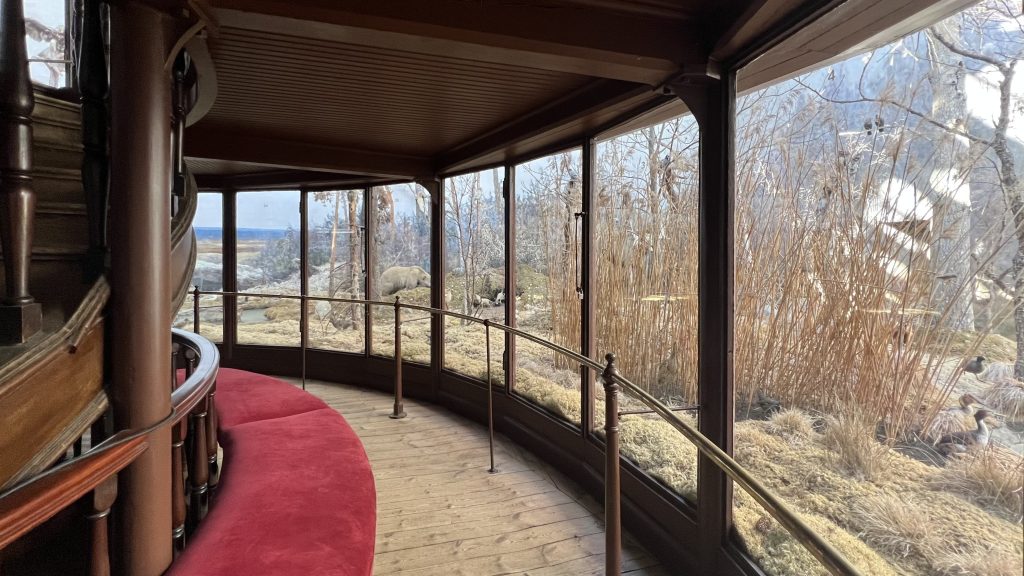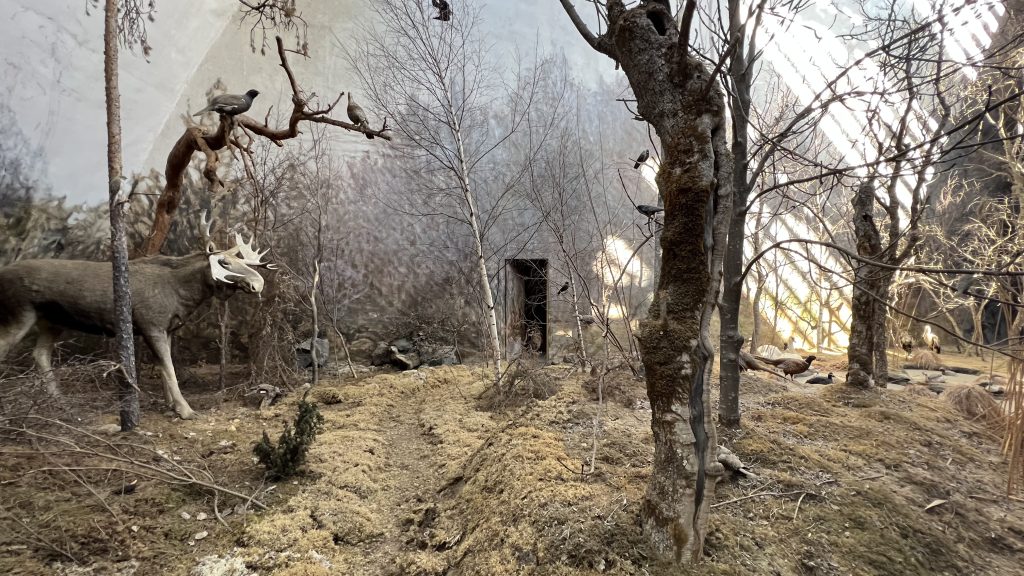Art Lab Gnesta, in the village Gnesta, just 30 minutes by fast train to Stockholm is, like much of Sweden, surrounded by forestry. When, after the drought and heat of the summer of 2018, the European spruce bark beetle outbreak landed there, too, it caused the artist’s run space of the Art Lab to think about ways to use the outbreak to address the entanglements of ecological collapse.
The Art Lab’s central mission is art education for kids and young adults: “Squid Squad is for everyone between 13-25 years in (and around) Gnesta who wants to engage in issues about climate change and the environment in different ways.”
As part of Squid Squad, workshops dealing with Ips typographus tunnels were set up, resulting in a pattern that was used as a textile print but also as a beautifully printed wallpaper.

Coincidentally, I had friends in the village, who attended me to this convergence of Bark Beetle interests. It felt as if I had no choice but to connect. Of course, the pandemic got in the way, but eventually, with a delay of several years, I arranged a writing residency at the beautiful old brewery building the Art Lab is housed in.
Between August 21 and September 2, I worked on my thesis at the Art Lab, taking only breaks for walks, grocery shopping, and a fermented herring party. September 1, I gave a talk in the Lab’s greenhouse. I am extremely grateful for the Lab’s hospitality, and hope to be back soon.
Themes
Despite being in a ‘bark beetle communication center’, as I suggested the Art Lab’s new mission to be, the emphasis in this retreat was on dimensions, with amongst others texts by Hito Steyerl (Ripping reality: Blind spots and wrecked data in 3D) and The 3D Additivist Manifesto by Morehshin Allahyari and Daniel Rourke as guidelines.
Apart from the bark beetle connection, I was interested in Art Lab Gnesta’s proximity to Stockholm where one of the oldest intact habitat dioramas is located at the Biologiska Museet – a part of open air museum park Skansen. Fortunately, I was able to arrange a meeting with its historical architect Staffan Hansing, who gave me a tour through the museum, which has been closed for renovation since 2017.
Hansing provided me with a wealth of background information on the diorama/panorama hybrid and even let me enter the diorama itself, which was a surreal experience. With the diorama in renovation disarray, bark peeled off the cardboard ‘trunks’, and the decayed foliage – made likely of a type of wax that was eaten by insects throughout the decades – exposed the coarsely painted backgrounds that were supposed to be hidden behind the leafs. The taxidermy, too, was in plain view, while originally the animals would have been difficult to spot. This is a dying diorama; an eerie, accidental reflection of the biological degradation in the real world.
The renovated museum is planned to be reopened in about two years.

Below: inside of the diorama. The little door leads to the ‘back-stage’ of a stairway and a small studio for taxidermic reparations. The view immediately reminded me of the film ‘The Truman Show’.



